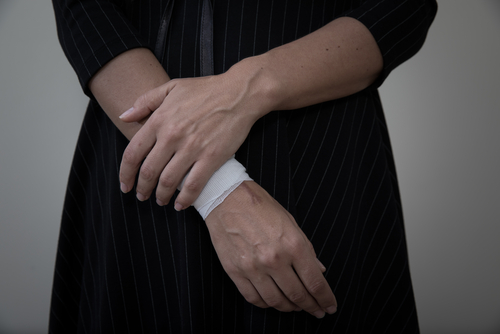
Self-harm is a very common behavior that is addressed in therapy. Self-harm can take many forms. Cutting with a sharp object is common, but self-harming is sometimes accomplished through other means. People who are close to those who self-harm frequently assume that it is a suicide attempt. While self-harm and suicidal ideation can co-occur, people self-harm for a variety of reasons, many of which are not related to suicide. People who self-harm sometimes describe feeling a constant state of numbness throughout their days, and self-harming provides a much wanted intense feeling that breaks through the numbness and reminds them that they can feel. Other people discuss the opposite; they feel bombarded with overwhelming extreme emotions and self-harming can serve as a distraction; that is, for some it is more desirable to feel physical pain than emotional pain.
Self-harm is not treated in a vacuum, as it is only one behavior that is part of a larger web of emotions, relationships, self-views, and other behavioral patterns. Self-harming behavior can be directly intervened through employing safety and coping plans and finding alternative/less harm means (for those who are unable to give up their self-harm practice, squeezing an ice cube in a fist can be a less dangerous yet still painful experience). However, it is essential to address the broader mental health concern that is leading to someone self-harming, whether it be depression, emotional dysregulation, impulsive behavior, and so on. With a trained therapist, one can find a path to reduce turmoil and ultimately reduce or eliminate self-harming behaviors.
IF YOU HAVE ADDITIONAL QUESTIONS, PLEASE CONTACT OUR OFFICE
